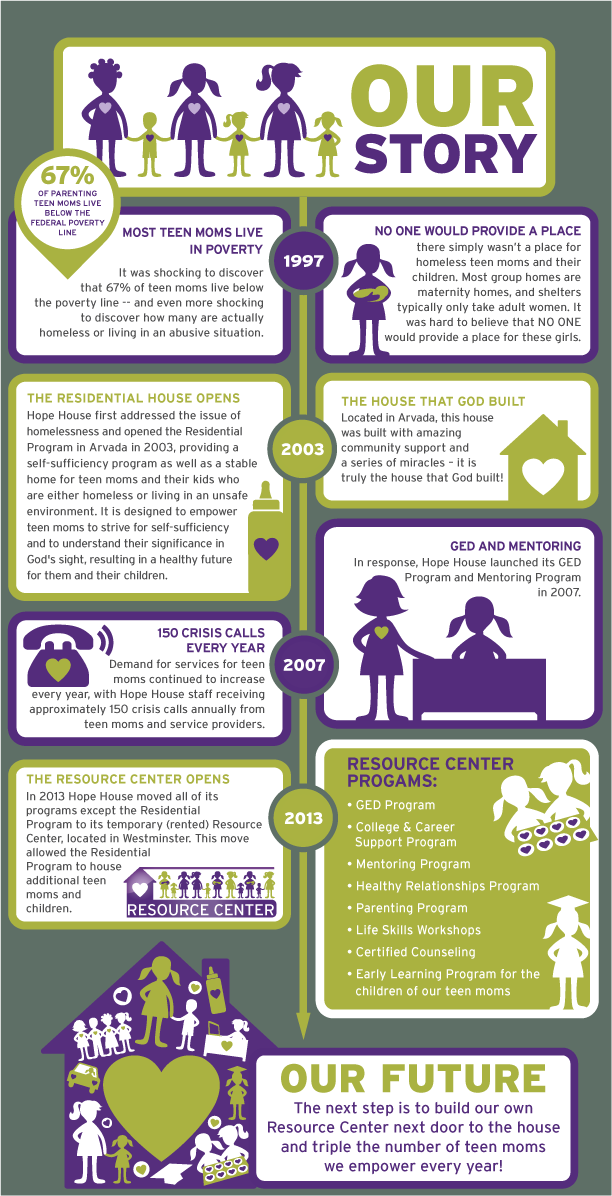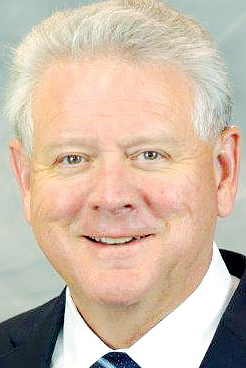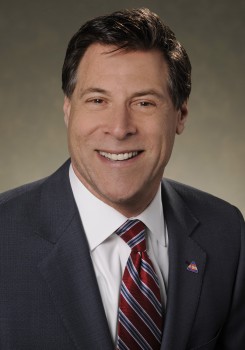At times, English can be an illogical, irrational and downright confusing language. Just look at all the homographs and heteronyms that crop up throughout the lexicon.
A homograph is two or more words that are spelled the same but have different meanings. A heteronym is a homograph that is also pronounced differently. For example:
- Is it hard for a big bear to bear a small bear?
- He wound the bandage securely around the wound.
- On this farm we produce produce.
- The dump was so full that it had to refuse more refuse.
- The soldier decided to desert his dessert in the desert.
We humans like to think we’re logical, rational, accurate and consistent in most of what we do. But the fact is we are not, in large part because of the way our brain works. We live and work in a world of self-generated beliefs that remain largely untested. We adopt those beliefs based on conclusions inferred from what we observe in the present and our past experiences. In the workplace, our ability to achieve the results we want is impeded by the feeling that our beliefs are the truth, the truth is obvious, and our beliefs are based on real data.
However, and this is where the brain so often gets in the way, we select the data about our truths based on what we want and expect to see and to prove ourselves right. We select the data that supports our beliefs and assumptions about the way the world works, and we actively screen out data that contradicts it. As a result, we go around pretending that we are logical, rational, accurate, consistent at work, when most of the time we are anything but.
This self-deception shows up in many different ways that do not serve us well. For example, in meetings we tend to suppress opposing points of view, especially if they challenge or threaten the status quo. We limit the sources of data that inform our decision-making. We rush to consensus, thinking that quick action is more important than taking the time to consider multiple perspectives.
The human brain also has a bias for going with what’s familiar. Instead of seeking out new data, we tend to lean heavily on the past when looking to solve today’s or tomorrow’s problems. And the more success we’ve had from doing things a certain way, the stronger our belief that sticking with the same approach will eventually prevail.
Another common irrational behavior is the assumption that others think and see the world the same way we do. If you doubt this, try a simple test the next time you present a new idea at a meeting. Afterwards, meet individually with three people and ask them to explain back to you what you said. Even though all three heard the same presentation, chances are you will get three very different answers.
Fortunately, instead of just tolerating our irrational behaviors, we can actually take advantage of them by understanding how we think, make decisions and translate them into actions in the workplace. It starts with my favorite subject – getting clear on winning.
Define winning for your organization and what it will take to get there. Talk about it constantly. Winning may be foremost on your mind (it should be!), but never assume it is for others. And never assume others definition of winning remains aligned to yours. Keeping everyone else focused on winning is one of your most important tasks as a leader.
Make winning visual by painting a picture of what it looks like in your organization. Humans are very visual creatures, and putting graphic reminders all over your workplace will help keep people focused on the goal. Recognize the tendencies that cause people to lose focus on winning: distractions, too many “top priorities” or “urgent” projects, leaning on assumptions versus hard data, jumping to conclusions based on what has worked in the past, running boring meetings with no agendas or clear decisions, lack of accountability… Then diligently test the assumptions behind all these behaviors.
Most of all, never assume that people see things the same way. Model the right behavior by exposing your thinking process. For example, “Here’s how I see this issue and here’s why. How do you see it?” Encourage others to do the same, and make sure to get different perspectives out on the table and discussed.
The fact that there is no egg in eggplant, no ham in hamburger, and no pine or apple in pineapple makes the English language full of interesting quirks. In the workplace, however, our behavioral quirks do not support winning. So understand how the brain works, leave the homographs and heteronyms to the linguists, and keep your organization focused on winning!
Call to action: For the next 30 days, commit to one new technique for keeping employees focused on winning.













 COUNTER TRADE: UNINTENDED CONSEQUENCES
COUNTER TRADE: UNINTENDED CONSEQUENCES













 Does anyone care to add to the list? Not every one of these terms constitutes a sure sign of fraud. However, they should raise caution flags and cause one to investigate the credibility of the parties in the transaction.
Does anyone care to add to the list? Not every one of these terms constitutes a sure sign of fraud. However, they should raise caution flags and cause one to investigate the credibility of the parties in the transaction.









